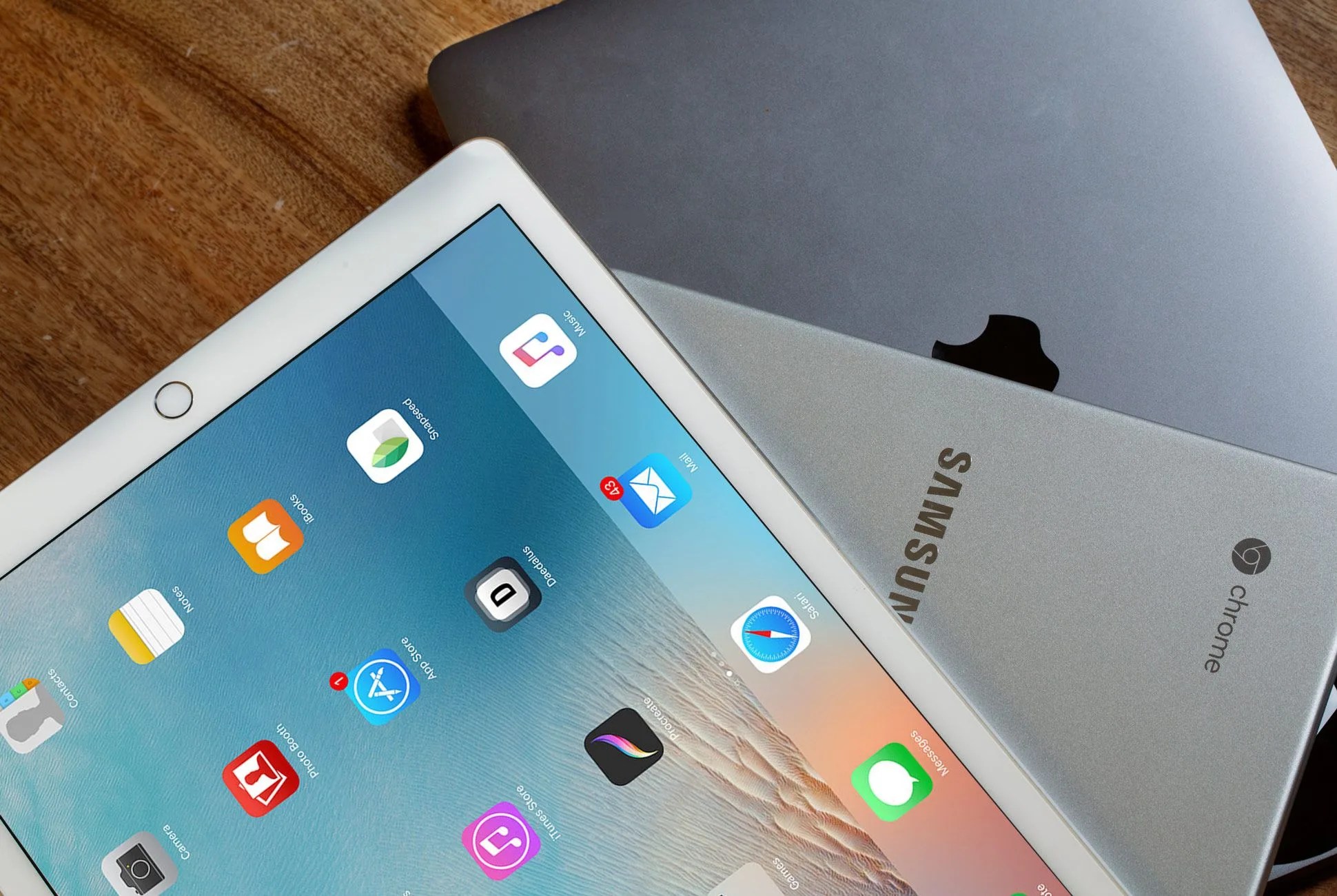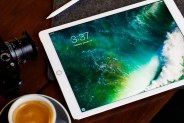Remember the days when a phone was just a phone and a computer was just a computer? We don’t either. Now that our smartphones are our primary devices, everything else — tablet, laptop, Chromebook, desktop, e-reader or smart TV — is fighting to grab hold of whatever attention we have left. Because of that, purchasing a new device is complicated; they all seem to do the same things. So how are three of the most appealing devices — tablets, Chromebooks and laptops — different, and which one do you really need? Read on.
Buy a Tablet If…
You need a touchscreen, want to run apps, and don’t plan on spending too much time with your fingers on a keyboard. Tablets are the most portable option of the trifecta and generally have higher-resolution displays than Chromebooks (especially high-end tablets, like the iPad Pro). They are best for consuming or engaging with content — playing iOS- or Android-based games, checking social media feedds, watching videos and reading articles. Since keyboards tend to be absent — or much less robust than those found on laptops — tablets aren’t the best for extensive typing. (Unless you want to carry a Bluetooth keyboard around.)
Buy a Chromebook If…
You’re looking for an affordable laptop, you rely on the G Suite, and your primary web browser is Google Chrome. Chromebooks generally cost less than laptops and tablets, with pricing ranging from around $150 to $550. But with the lower price comes lower production quality; they tend to feel cheap. The newest Chromebooks, like Samsung’s new Chromebook Pro, can run Android apps too, meaning you can play games like Asphalt 8 or Alto’s Adventure. Since Chromebooks don’t have much RAM or built-in storage and are primarily web browsers, much of their functionality depends on wi-fi. They’re simple and easy for multiple people to use; anybody with a Gmail login can access. Also, note that some Chromebooks have touchscreens, but not all.



